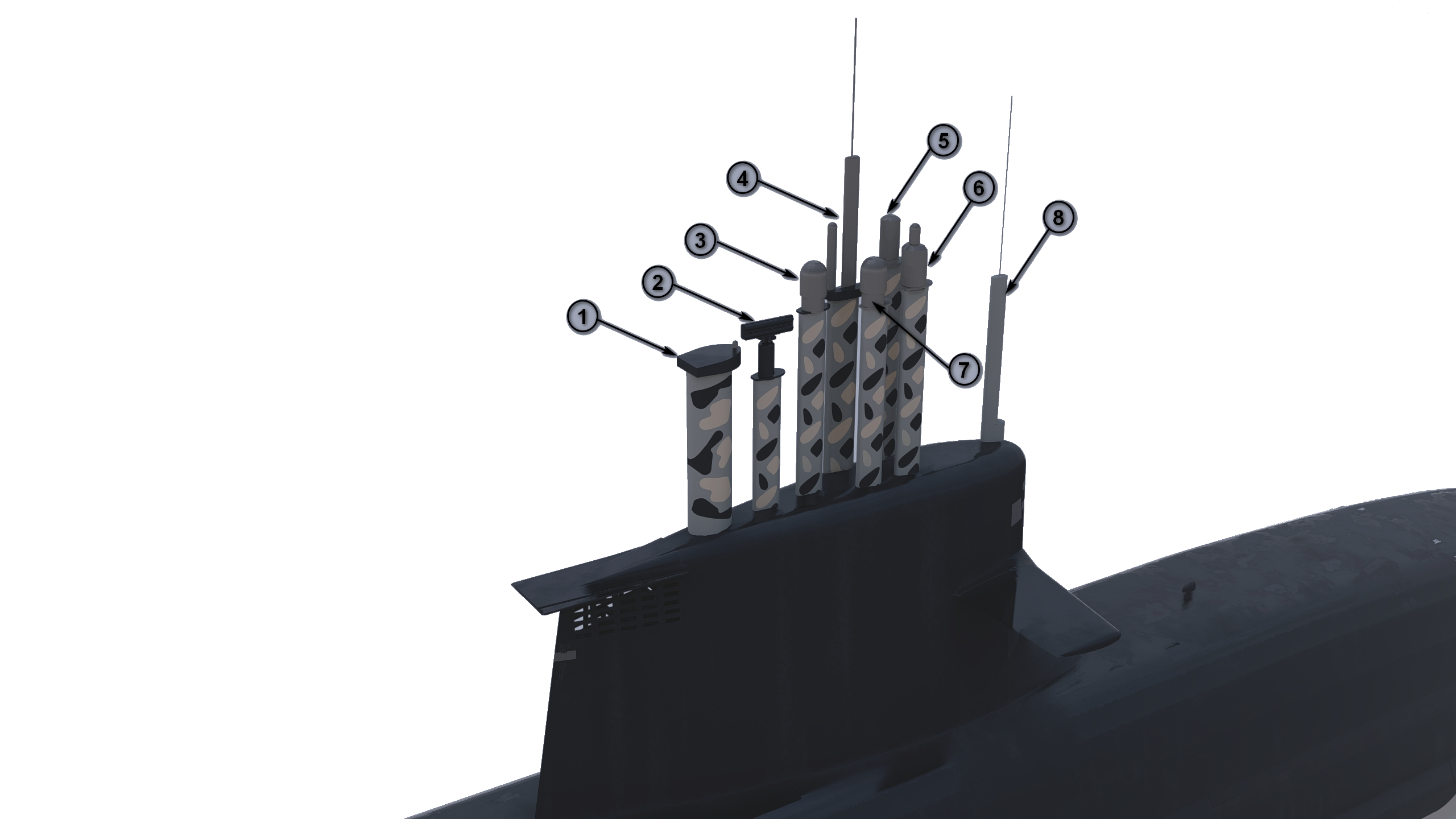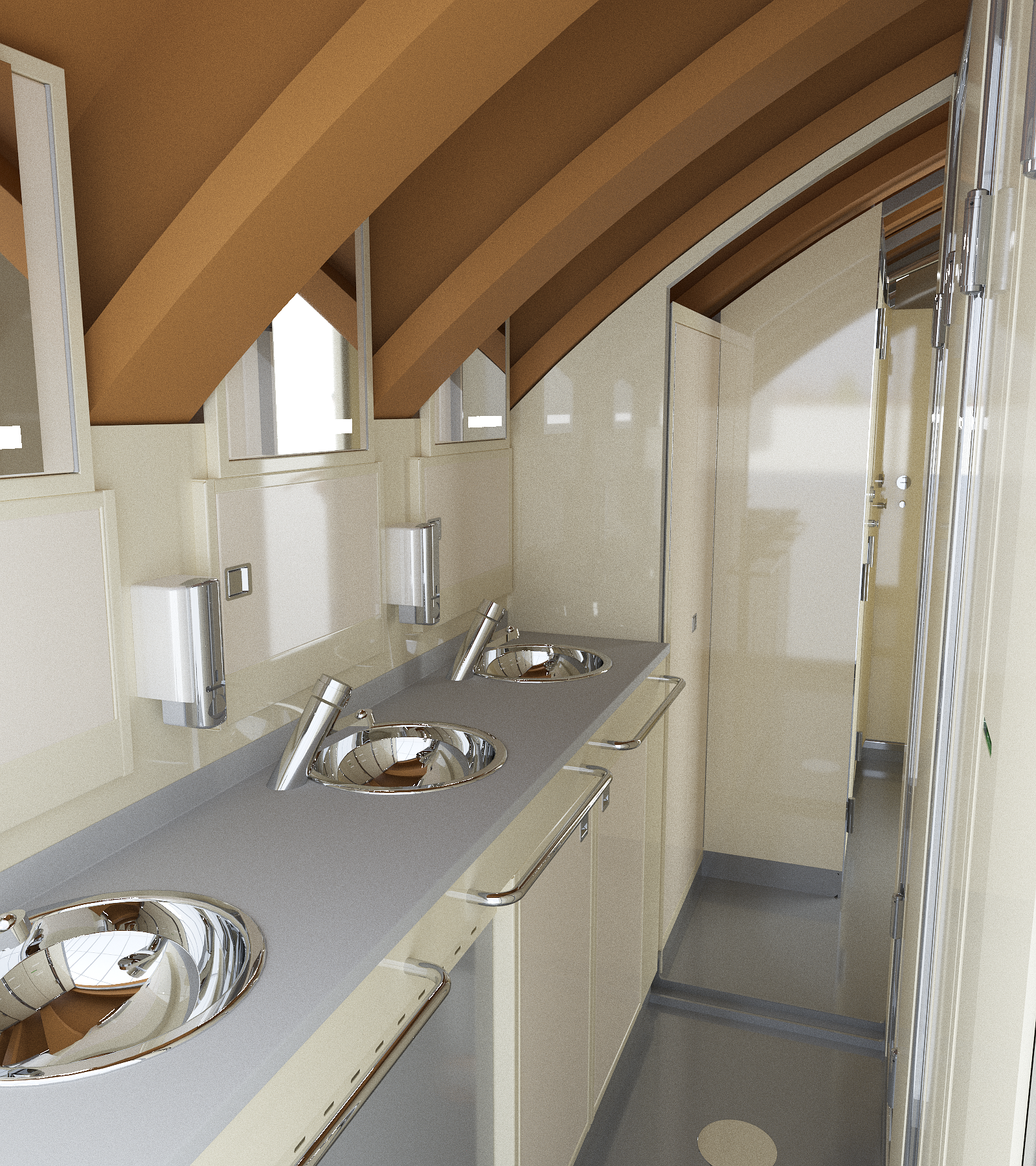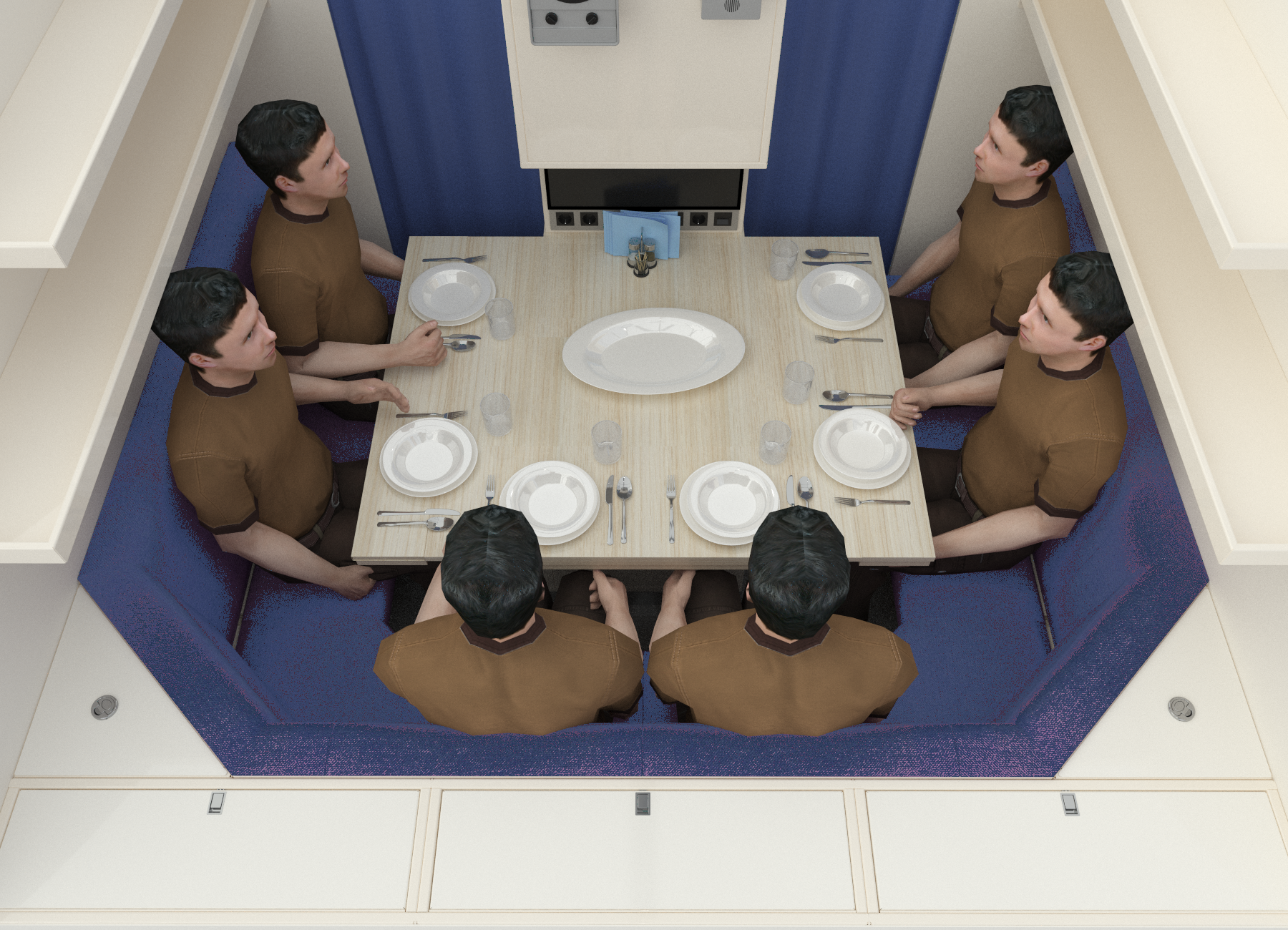Weapons
The S-80 carries different weapons so it can carry out the missions for which it was designed, such as anti-surface warfare with long-range sub-harpoon missiles, anti-submarine warfare with DM2A4 heavyweight torpedoes or land attack (in this case it is prepared to carry Tomahawk missiles). The equipment for handling and launching weapons consists of stowage space for 12 long weapons and 6 torpedo launch tubes with positive discharge.
Apart from the weapons selected for the S-80 by the Spanish Navy, the submarine can also incorporate other weapons to cater for the needs of each particular client.
The sensors and weapons installed in the S-80 enable it to carry out operations in shallow waters; special missions and the discrete evacuation of civilians; compile intelligence, reconnaissance and surveillance data; sequential mining in strategic zones and deterrent missions.















